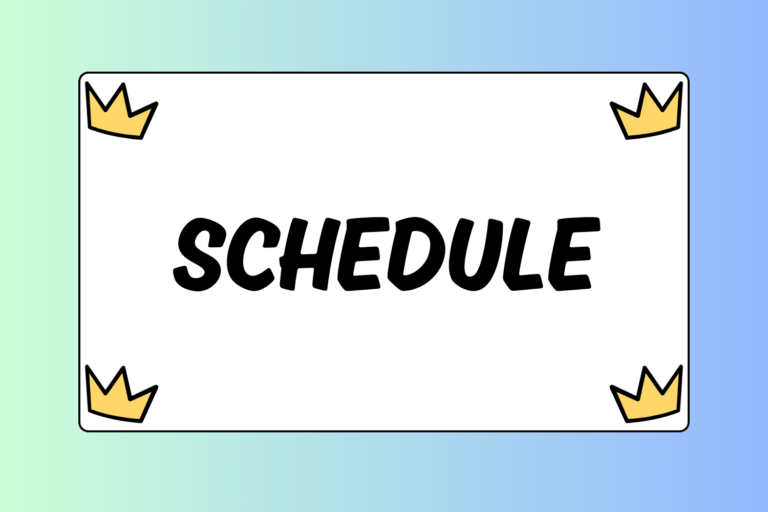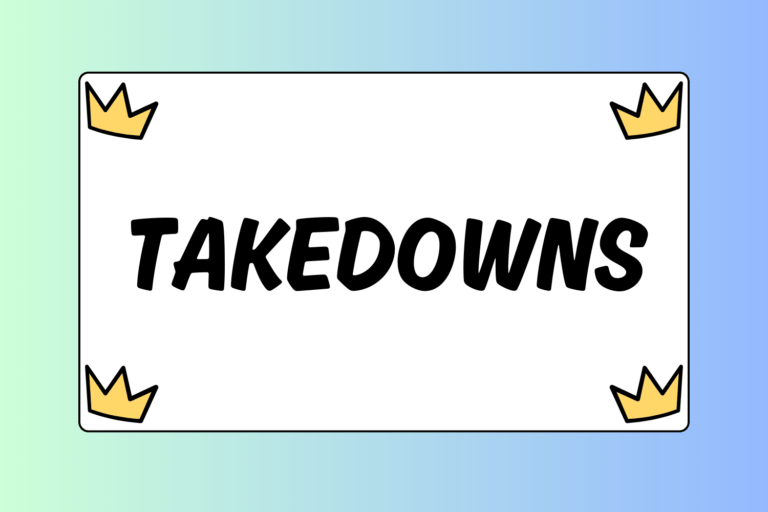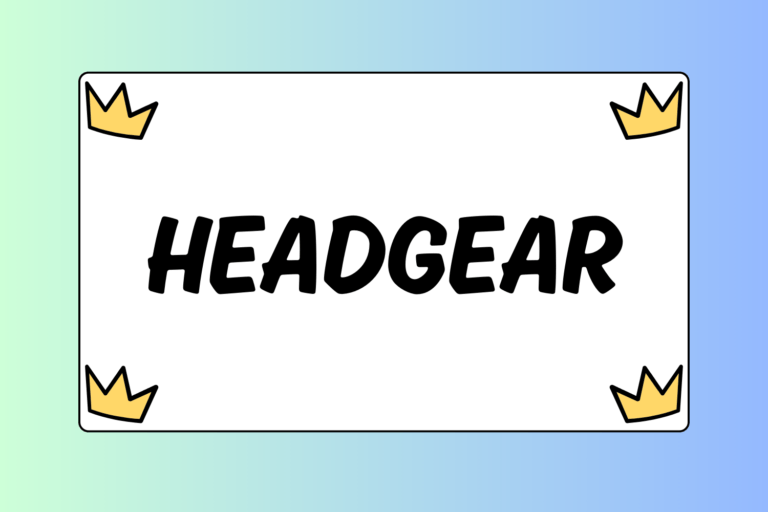For beginning youth and scholastic wrestlers, the procedure of a match can seem foreign and confusing at first. There are many subtle details and rules that one must adhere to, and it’s difficult for newer wrestlers to learn all of these at once. However, this guide will walk you through the entire process of a wrestling match to help you become more familiar with folkstyle competition.
In addition to reading this guide, it is recommended that you refer to the “Wrestling Rules & Regulations” guide at the right of this page. Both of these sources should help give you a better understanding of how a folkstyle wrestling match works.
Uniform & Equipment Check
The first thing you must do before you step onto the mat is check your uniform and equipment to make sure that they fit the rules. Failing to do so could result in a penalty against your team. What you can wear, and in what manner, will vary depending on the level of wrestling and the specific event. However, below is what is commonly expected in terms of your dress:
- A singlet worn properly with the straps up and around your shoulders
- Loose undergarments, if worn, are not showing below the leg of the singlet (tight-fitting undergarments may show)
- Headgear secured to your head by a chin strap
- Wrestling shoe laces tied and secured with a lace cover or athletic tape
- Mouth piece in place (required for wrestlers with braces)
- Head covering securely in place (required for wrestlers with long hair)
Check In
Before the match can start, you must first check in at the scoring table next to the mat. Checking in with the scoring table lets the referee know you are present and prepared to wrestle. With your regulation equipment on, stand on the mat in front of the scoring table until the referee gives you a color and directs you to the center of the mat.
Get Your Color
The referee will then read the bout sheet and call your name. Once the referee sees that you are present, he will then designate a color for you that will be used to help score the match.
When you have been designated a color by the referee, make your way to the starting lines in the center of the mat. There will be one red and one green starting line in the center circle. Stand near the color you have been designated. You can still continue to move around and warm up to get ready for the match, but just make sure you are behind that line.
Also, it is likely that there will be colored anklets in the center of the mat for you to wear. Wrap the colored anklet that you have been designated around one of your ankles.
Hot Tip: Big Boys!
For larger wrestlers that have especially thick ankles, don’t worry if the anklet does not fit. Simply wait until the referee approaches and hand him your anklet.
Wrestle!
Now there is nothing left to do but shake your opponent’s hand and wrestle! Once you and your opponent engage in a sincere handshake, the referee will blow his whistle and the first period will start. Unless you or your opponent earns a fall or a technical fall in the first period, wrestling will continue into the second period.
Second Period
At the beginning of the second period, the referee will randomly grant you or your opponent choice. This is typically done by flipping a colored disc; the choice will go to wrestler whose color lands facing up. The wrestler with choice in the first period can select one of four options:
- To start neutral or standing
- To start in referee’s position on top of his opponent
- To start in referee’s position on bottom, underneath his opponent
- Defer his choice until the third period, giving his opponent choice in the second
The wrestler with choice will make his decision and the second period will start in whatever position is selected. Wrestling will continue into the third period if neither opponent has earned a fall or technical fall.
Third Period
At the beginning of the third period, the wrestler who did not receive choice in the second period will be able to choose which position to start in for the third and final period. His choices are the same as mentioned before, however he does not have the option of deferring to his opponent. Wrestling will continue until the end of period. At this point, the wrestler who has either pinned or outscored his opponent will be the victor.
Overtime Periods
If the score is tied at the end of the match, a one-minute “sudden victory” period is set in place. The wrestlers start in the neutral position and the first wrestler to score a point in this period wins the match.
If, at the end of the sudden victory period, no wrestler has scored, two 30-second tiebreaker periods are wrestled in their entirety. The wrestler who scored the first point in the match gets the choice to start on top or bottom for the first 30-second period; the wrestlers will switch positions for the second period of 30 seconds. The wrestler with the greatest number of points after these two periods wins the match.
If the score is still tied after the sudden-victory and tiebreaker periods, different rules are then enforced at the scholastic and collegiate level to decide the match:
- In collegiate competition, if the score is tied after the one-minute sudden-victory period and the two 30-second tiebreaking periods, the wrestlers begin again in the neutral position for a one-minute sudden-victory period, followed by two more 30-second tiebreaking periods, if needed. This process continues until a winner has been decided.
- In scholastic competition, if the score is still tied after the sudden-victory and tiebreaker periods, one final “ultimate tiebreaker” period of 30 seconds is used. The wrestler who scored the first point in the match may elect to start on top or on bottom in referee’s position. The wrestler on bottom must escape to win the match, while the top wrestler must hold his opponent down in order to achieve victory. The winner of the ultimate tiebreaker period wins the match.
Post-match
Once the match is finished, you must make your way to the starting lines in the center of the mat if you aren’t already there. Stand on your color. From this point you will shake hands with your opponent and the referee will raise the winning wrestler’s hand. Technically, the match is now over.
Hot Tip: Show Respect
It is not required of you by the rules, but it is a respectful gesture to walk to your opponent’s coach and shake his hand. You may also shake the referee’s hand if you’d like. Also, just because the match is over does not mean you can’t be penalized for unsportsmanlike conduct. One action that will result in a penalty that most wrestlers don’t know about is removing the straps of your singlet from your shoulders. If you remove the top of your singlet while still on the mat, your team will most likely be penalized for it.
Wrestle Hard, Have Fun
You should now be much more familiar with how a folkstyle wrestling match works. Remember, there are many different rules and procedures involved in a wrestling match, and it’s hard to remember them all at first. Don’t worry if you make a mistake or two. Just listen to the referee, wrestle hard, and have fun. In time you will rack up a ton of mat time, and each wrestling match will become second nature.
Good luck!





